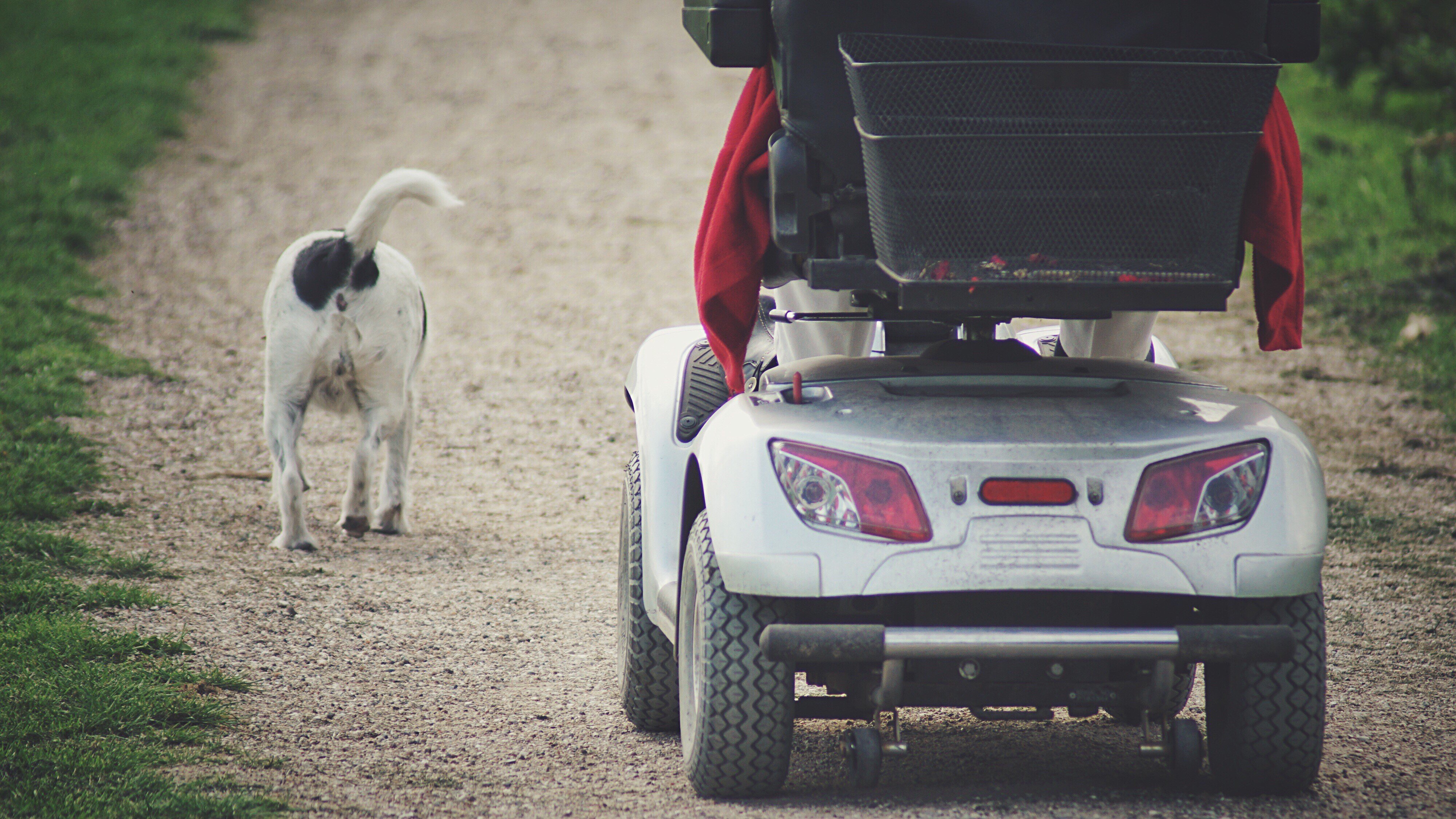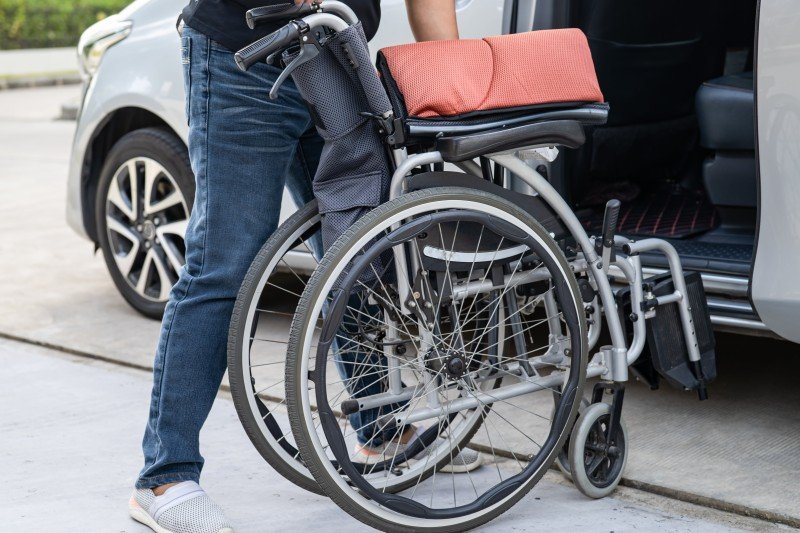
Mobility Scooter Uk
Add a reviewOverview
-
Founded Date September 9, 1968
-
Sectors AgriFood
-
Posted Jobs 0
-
Viewed 4
Company Description
The 9 Things Your Parents Teach You About Buying A Mobility Scooter
Navigating the Journey: A Comprehensive Guide to Buying a Mobility Scooter
In a period where mobility is paramount, the value of accessibility tools like mobility scooters can not be overstated. These devices use self-reliance and freedom to people who may otherwise find it challenging to move around. Whether you’re a senior seeking to keep an active way of life, someone recovering from an injury, or an individual with a disability, a mobility scooter can be a game-changer. This guide intends to offer an extensive overview of the factors to consider when buying a mobility scooter, guaranteeing you make an informed and positive decision.
Understanding Mobility Scooters
A mobility scooter is a battery-powered gadget designed to help individuals with mobility problems. They come in various types, each tailored to different needs and environments. The primary components of a mobility scooter include the frame, motor, battery, and controls. They can be categorized into three primary types:

- Travel Scooters: Compact and light-weight, these scooters are designed for simple transport and storage. They typically include functions like disassemblable parts, making them perfect for travel.
- Front-Wheel Drive Scooters: These are usually more inexpensive and ideal for indoor and smooth outside surfaces. They are ideal for brief distances and casual use.
- Rear-Wheel Drive Scooters: Built for resilience and power, these scooters are perfect for outside use and longer ranges. They offer much better stability and can manage rougher terrain.
Secret Factors to Consider
When buying a mobility scooter, a number of factors need to be taken into account to guarantee it satisfies your particular requirements and choices.
-
Planned Use
- Indoor vs. Outdoor: Determine where you will mostly use the scooter. Indoor scooters are normally lighter and more maneuverable, while outdoor scooters are constructed for sturdiness and can handle rougher surface areas.
- Range: Consider the maximum range you require to travel. Some scooters have a series of just a couple of miles, while others can increase to 30 miles or more on a single charge.
-
Size and Weight
- Frame Size: Ensure the scooter is the best size for you. Adjustable seats and tillers (guiding columns) can enhance convenience and fit.
- Weight Capacity: Check the weight capacity of the scooter to ensure it can securely support your weight.
-
Battery and Charging
- Battery Type: Most scooters use lead-acid or lithium-ion batteries. Lithium-ion batteries are lighter and have a longer lifespan however are more costly.
- Charging Time: Consider for how long it requires to charge the battery and whether you have access to a practical charging place.
-
Features and Accessories
- Seating: Look for a comfortable, adjustable seat with good back support.
- Storage: Some scooters feature baskets or storage compartments for bring individual products.
- Safety Features: Features like headlights, taillights, and brakes can enhance security, particularly for outdoor usage.
-
Spending plan
- Cost: Mobility scooters can vary from a couple of hundred to numerous thousand dollars. Set a budget and look for models that offer the very best worth for your money.
- Maintenance: Consider the ongoing expenses of maintenance, such as battery replacement and regular servicing.
Actions to Buying a Mobility Scooter
-
Research study and Compare
- Online Reviews: Read reviews from other users to get a concept of the scooter’s efficiency and reliability.
- Manufacturer Websites: Visit the websites of respectable producers to read more about their products and customer assistance.
-
Test Drive
- Regional Dealerships: Visit local dealerships to check drive different models. This will assist you get a feel for the scooter’s handling and comfort.
- Ask Questions: Don’t think twice to ask the salesperson about the scooter’s features, upkeep requirements, and guarantee.
-
Consult a Healthcare Professional
- Medical Advice: If you have specific medical conditions, speak with a health care expert to guarantee the scooter fulfills your needs.
-
Consider Insurance and Assistance
- Insurance coverage: Check if your medical insurance covers the cost of a mobility scooter.
- Federal government Assistance: Some government programs offer financial help for mobility aids.
-
Make the Purchase
- Service warranty: Ensure the scooter features a thorough warranty that covers both parts and labor.
- Delivery and Setup: Arrange for shipment and setup if the scooter is not portable.
FAQs
Q: What is the difference between a mobility scooter and a power wheelchair?
- A: A mobility scooter is generally utilized for outdoor and longer distances, while a power wheelchair is more suitable for indoor usage and has a smaller sized turning radius. Mobility scooters are generally simpler to run and have a more open design, whereas power wheelchairs provide more assistance and are better for users with limited upper body strength.
Q: How do I pick the right size mobility scooter?
- A: Measure your height and weight to make sure the scooter can accommodate you conveniently. Try to find designs with adjustable seats and tillers to customize the fit. Test driving the scooter can likewise help you identify if it is the best size.
Q: Can I use a mobility scooter on public transport?
- A: Many public transport systems, including buses and trains, are geared up to accommodate mobility scooters. Nevertheless, it’s an excellent idea to inspect the particular standards and requirements of your regional transit authority.
Q: How typically do I need to charge the battery?
- A: The frequency of charging depends on the battery type and the range you travel. The majority of scooters can go 10-30 miles on a single charge. It’s a great practice to charge the battery after each usage to keep its life expectancy.
Q: What maintenance is needed for a mobility scooter?
- A: Regular maintenance consists of examining the battery level, tire pressure, and brake function. It’s also essential to clean the scooter and keep it complimentary from particles. Follow the manufacturer’s guidelines for more detailed maintenance directions.
Buying a mobility scooter is a significant financial investment that can significantly boost your lifestyle. By considering the factors described in this guide, you can find a scooter that meets your needs and supplies the flexibility and independence you are worthy of. Whether you’re exploring the outdoors or navigating your everyday regimen, a well-chosen mobility scooter can be a reputable buddy on your journey.
Extra Resources
- Mobility Scooter Reviews: Websites like Consumer Reports and MobilityScooterExpert offer comprehensive reviews and contrasts of different designs.
- Local Support Groups: Join regional support system for people with mobility issues to share experiences and get recommendations.
- Government Programs: Check with regional government agencies for programs that offer monetary support for mobility aids.
By making the effort to research and make an informed decision, you can take pleasure in the numerous benefits of a mobility scooter and continue to live an active and satisfying life.



